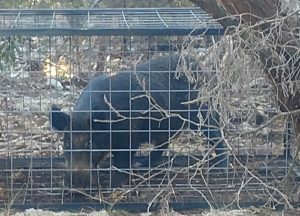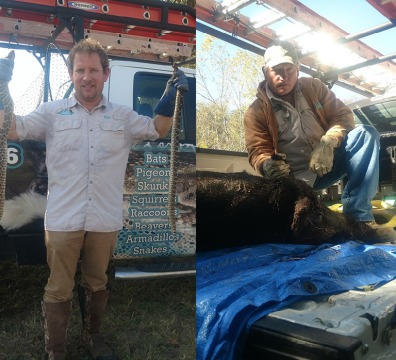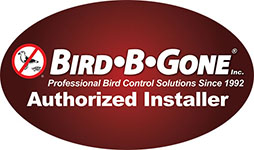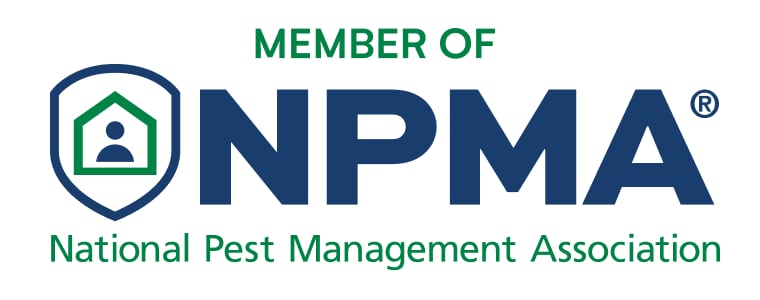You might not see them right away because they like to come out at night. But you definitely will notice the destruction they bring. Wild hogs leave fields cratered and stripped of vegetation. Telltale signs of wild boar in your area are their two-toed tracks, the appearance of a wallow (area of shallow water and mud), areas of flattened vegetation where they bed, pole rubs, and widespread uprooting.
Wild hogs are a financial nightmare and can remain a problem for years. The sooner you deal with them, the better.
Wild Hogs on Farmland
The thing about wild boar is that they will eat anything. Not only will wild hogs eat all your crops, they will root up all the vegetation on your land if they are given the time to do so. They will expose the roots of trees and strip the field of grass. A group of wild hogs can leave a field cratered with holes up to three feet deep. Good luck running a tractor through there.
The erosion caused by their unwanted landscaping can also be dangerous for fish populations, potentially causing die-offs.
As they are omnivores, they may also go after livestock, such as lambs, kids and calves if they have access. Wild hogs are also susceptible to diseases that they can transmit to domestic pigs.
Wild Hogs in Suburban Areas
Since the explosion of wild hog populations in the 1980s, they have not limited their destructive ways to farmland. They are also sometimes found making salad bars out of golf courses and parks.
Wild Hog Trapping and Exclusion
Trapping using corral traps and box traps is an effective way to control wild hog populations. As wild hogs can be very aggressive, this should only be attempted with experienced professionals.
Strategically placed fencing can also be a practical and effective option of exclusion on a small scale. The fences should be inspected regularly, however, as wild hogs are able to uproot them or dig beneath them. AAAC Wildlife Removal specialists can inform you on the proper ways to construct exclusionary fences.
Any control strategy is highly dependent on coordination between neighboring property owners. Otherwise, there is a risk of re-invasion.









